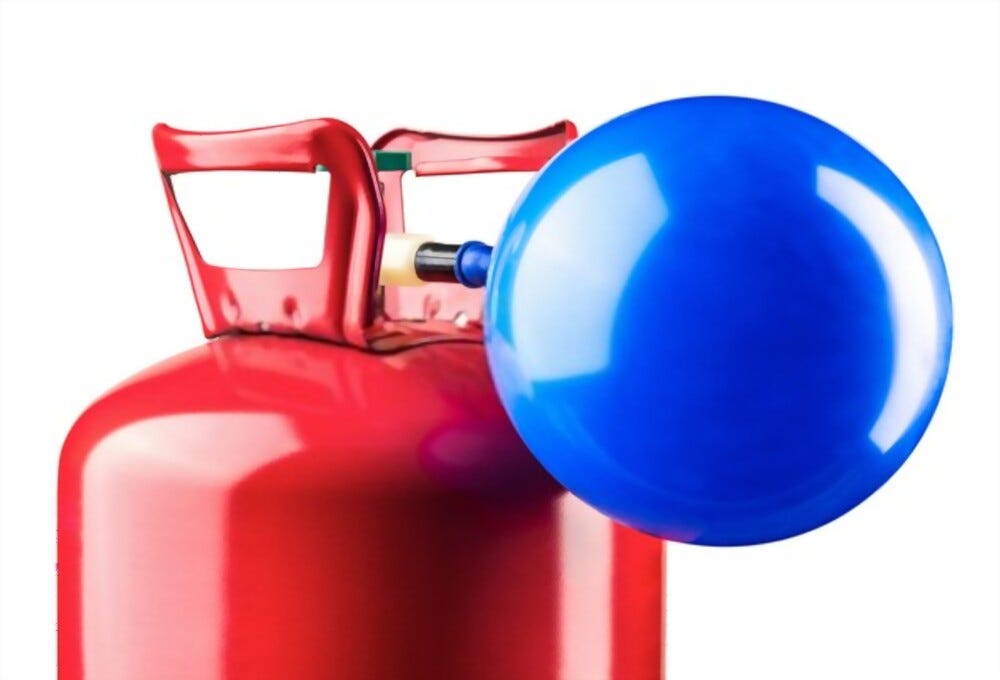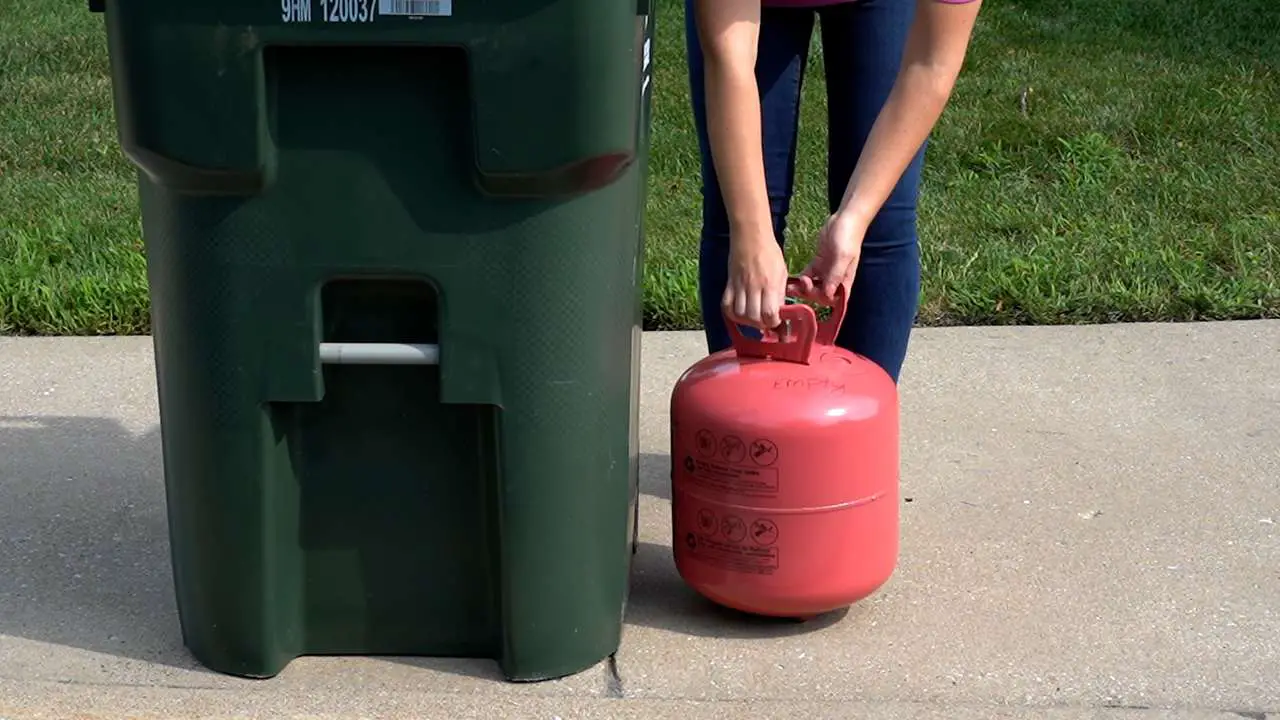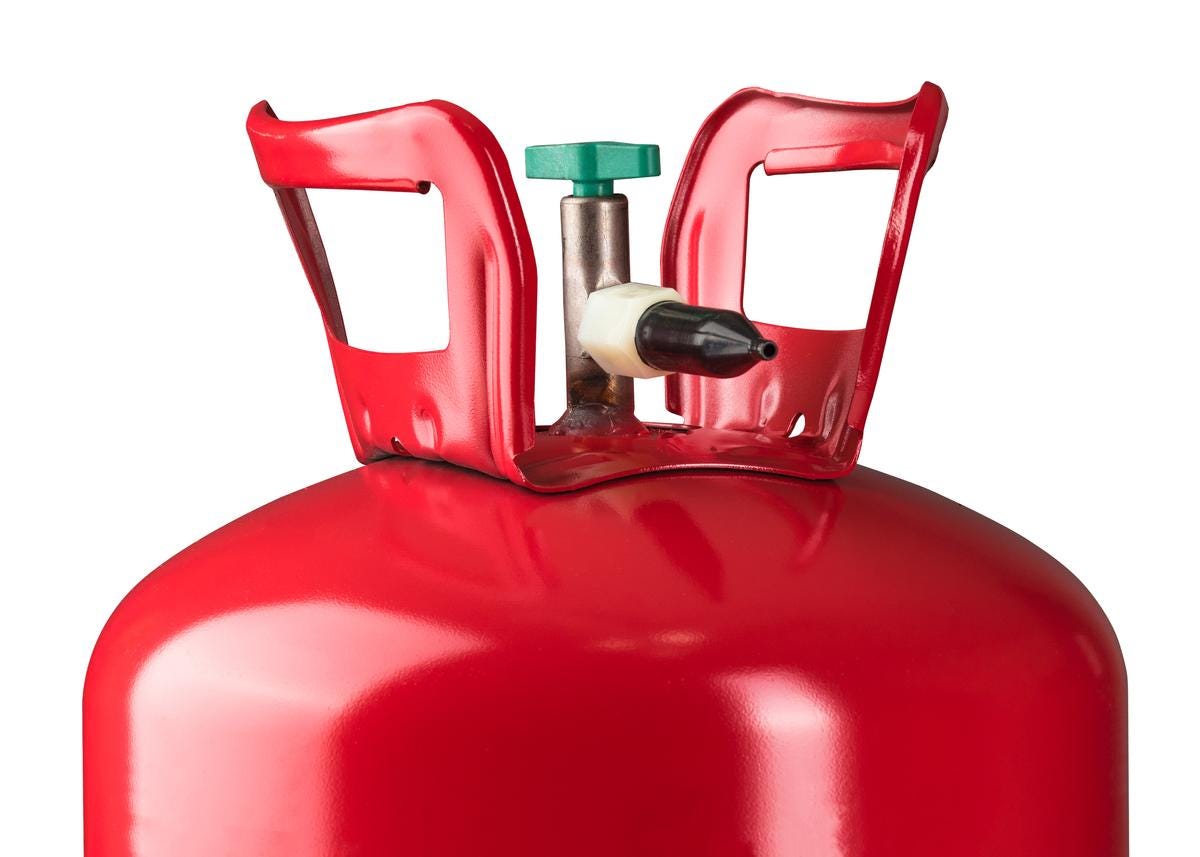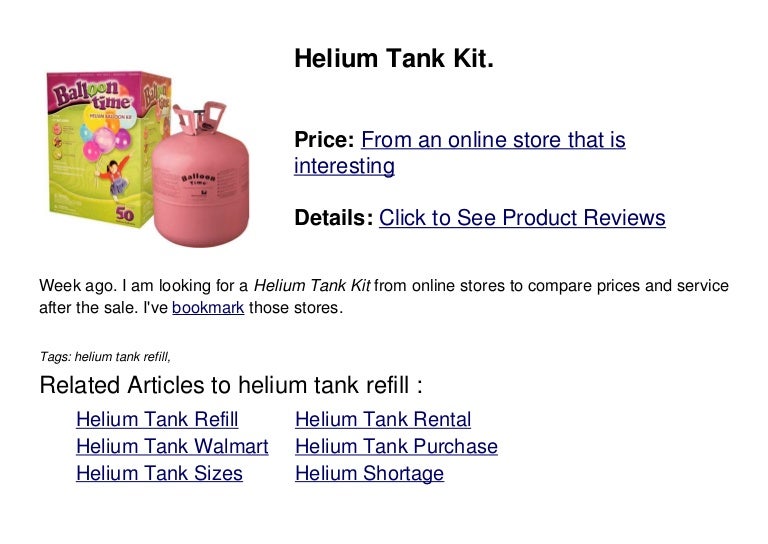Where Can You Refill A Helium Tank

Where Can You Refill A Helium Tank: A Comprehensive Guide for Homeowners and Contractors
Whether you're a homeowner celebrating a special occasion, a real estate investor staging a property, or a contractor using helium for leak detection in HVAC systems, knowing where to refill a helium tank is essential. This guide provides a comprehensive overview of helium tank refill locations, associated costs, and essential safety considerations.
Understanding Helium's Uses in and Around Your Home
While often associated with balloons for parties, helium plays a crucial role in various applications relevant to homeowners, real estate investors, and HVAC professionals:
- Leak Detection: HVAC technicians frequently use helium as a tracer gas to identify leaks in refrigerant lines. Due to its small atomic size, helium escapes through even the tiniest breaches, making it easily detectable with specialized equipment.
- Weather Balloons: For monitoring weather patterns near your property, or for advanced home weather stations.
- Special Events: From birthday parties to open houses, helium-filled balloons add a festive touch.
Finding Helium Refill Locations: A Detailed Breakdown
Several options exist for refilling your helium tank, each with its own advantages and disadvantages:
1. Party Supply Stores
Party supply stores are often the most convenient option for smaller helium tanks, typically those used for balloons. Stores like Party City, Amazon(for smaller disposable tanks) and local party supply retailers offer helium refills.
Pros:
- Convenient locations in most cities and towns.
- Relatively quick turnaround time.
- Often offer balloon inflation services as well.
Cons:
- Primarily cater to smaller tanks.
- May not offer refills for larger, industrial-grade tanks.
- Prices can be higher compared to other options.
2. Welding Supply Stores
Welding supply stores are a reliable source for refilling larger helium tanks, particularly those used in industrial applications, including HVAC leak detection. These stores typically carry a variety of gas cylinders and offer refill services for various gases, including helium.
Pros:
- Refill larger tank sizes.
- Offer competitive pricing, especially for larger volumes.
- Knowledgeable staff who can advise on tank safety and handling.
Cons:
- May not be as conveniently located as party supply stores.
- May require a business account for certain tank sizes or refill services.
3. Industrial Gas Suppliers
Industrial gas suppliers, such as Airgas, Linde, and Praxair (now Linde), are major distributors of compressed gases, including helium. They cater to a wide range of industries and offer comprehensive gas supply solutions, including tank rentals, refills, and delivery services.
Pros:
- Offer a wide range of tank sizes and refill options.
- Provide high-purity helium for specialized applications.
- May offer tank rental programs and delivery services.
- Competitive pricing for bulk helium purchases.
Cons:
- Typically require a business account.
- May have minimum order requirements for delivery services.
- Less convenient for small, one-time refills.
4. Online Retailers
While not as common for refills, some online retailers offer portable, disposable helium tanks. These are suitable for inflating a small number of balloons but are not refillable in the traditional sense.
Pros:
- Convenient for small-scale balloon inflation.
- Easy to order online and have delivered to your door.
Cons:
- Not refillable; must be disposed of after use.
- Limited helium capacity.
- More expensive per balloon compared to refilling a larger tank.
Helium Tank Refill Costs: Factors to Consider
The cost of refilling a helium tank depends on several factors:
- Tank Size: Larger tanks typically cost more to refill.
- Helium Purity: Higher-purity helium may command a premium price.
- Refill Location: Prices can vary between different suppliers.
- Regional Pricing: Helium prices may fluctuate depending on your geographic location and supply chain dynamics.
General Price Ranges (Estimates):
- Small disposable tank (online): $20 - $40 (non-refillable)
- Small refillable tank (party store): $10 - $30
- Large tank (welding supply/industrial gas supplier): $50 - $200+
Important Note: These are just estimates. Contact local suppliers for accurate pricing based on your specific needs.
Safety Considerations When Handling Helium Tanks
Helium tanks contain compressed gas and require careful handling to prevent accidents. Follow these safety guidelines:
- Secure the Tank: Always secure the tank in an upright position to prevent it from falling over. Use a chain or strap to anchor it to a wall or cart.
- Handle with Care: Avoid dropping or banging the tank.
- Store Properly: Store tanks in a well-ventilated area away from heat, flames, and corrosive materials.
- Transport Safely: When transporting a helium tank, ensure it is properly secured in your vehicle.
- Read the Label: Carefully read and understand all warning labels and instructions on the tank.
- Use Appropriate Equipment: Use a regulator designed specifically for helium tanks.
Inhalation Warning: Inhaling helium can be dangerous and even fatal. Helium displaces oxygen in the lungs, leading to rapid suffocation. Never inhale helium directly from a tank or balloon.
Helium and HVAC Leak Detection: A Deeper Dive
For HVAC professionals, helium leak detection offers a precise and efficient method for pinpointing refrigerant leaks. The process involves introducing a small amount of helium into the refrigerant system and using a specialized helium leak detector to scan for escaping gas.
Advantages of Helium Leak Detection:
- High Sensitivity: Helium's small atomic size allows it to escape through even the smallest leaks, making it highly effective for detecting hard-to-find breaches.
- Non-Corrosive: Helium is an inert gas and will not damage HVAC components.
- Environmentally Friendly: Helium is a non-toxic and environmentally safe gas.
Equipment Required:
- Helium tank with regulator
- Helium leak detector
- Nitrogen for system pressurization (used in conjunction with helium)
Alternative Leak Detection Methods
While helium leak detection is effective, other methods exist, including:
- Soap Bubble Test: Applying a soapy solution to suspected leak areas and looking for bubbles. This is a simple and inexpensive method but less sensitive than helium detection.
- Electronic Leak Detectors: These devices sense the presence of refrigerant gas and emit an audible or visual alarm.
- UV Dye: Injecting a UV-sensitive dye into the refrigerant system and using a UV light to locate leaks.
Choosing the Right Helium Tank Size
The appropriate helium tank size depends on your specific needs. For occasional balloon inflation, a small disposable or refillable tank may suffice. For HVAC leak detection or other industrial applications, a larger tank is generally required.
Common Tank Sizes:
- Disposable Helium Tanks: Typically hold enough helium to inflate 30-50 balloons.
- Small Refillable Tanks (Size 75): Hold approximately 75 cubic feet of helium.
- Large Tanks (Size 244): Hold approximately 244 cubic feet of helium.
Making an Informed Decision
Before refilling your helium tank, consider the following:
- Your intended use for the helium.
- The size of the tank you require.
- The availability of refill locations in your area.
- The cost of refills at different suppliers.
- Safety considerations for handling and storing helium tanks.
By carefully evaluating these factors, you can choose the most convenient and cost-effective option for refilling your helium tank and ensure safe handling practices.










